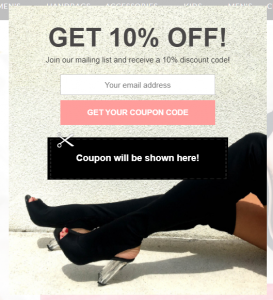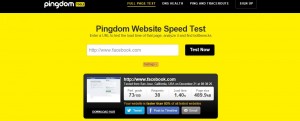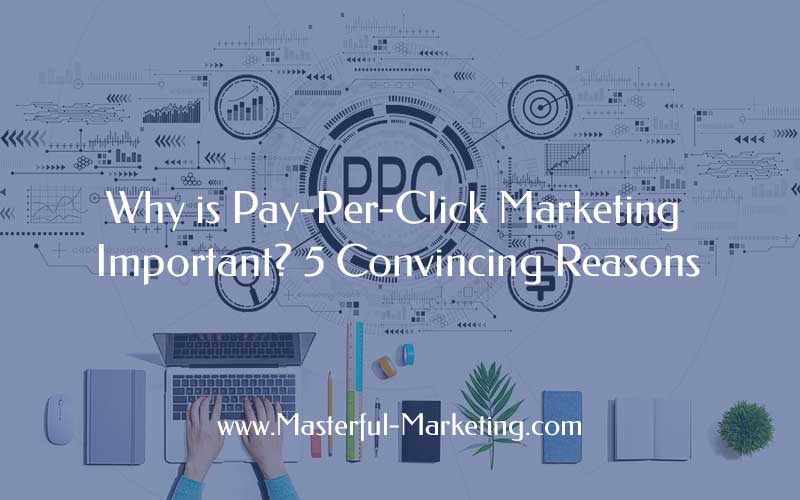
Knowing how Pay-Per-Click (PPC) marketing works provides you with the same array of tactics that giants like Amazon, Airbnb, and Disney are using to hook users right out of the gate on search engines like Google.
PPC is arguably the most powerful channel available to digital marketers because it presents your brand to potential customers at the top of the search engine results page ahead of organic listings.
By incorporating PPC ads into your digital strategy, you’ll be able to develop coherent marketing campaigns across multiple channels and ultimately attain a single brand voice. And by establishing a presence in your industry, you can continuously remain first in mind with your target audience.
This article will give an overview of what Pay-Per-Click marketing involves and how it can provide a forceful boost to your bottom line.
What is PPC in Marketing?
PPC, or Pay-Per-Click marketing, is a method of digital advertising where the advertiser runs an ad on a specific network or platform and pays every time the ad is clicked. The most widely used PPC platform, Google Ads, generates about 37.2% of the US net digital ad revenue, with Facebook trailing behind at 22.1% and having about 4 million advertisers using their services.
You’ve likely seen PPC advertising displayed within the SERPs of your searches.
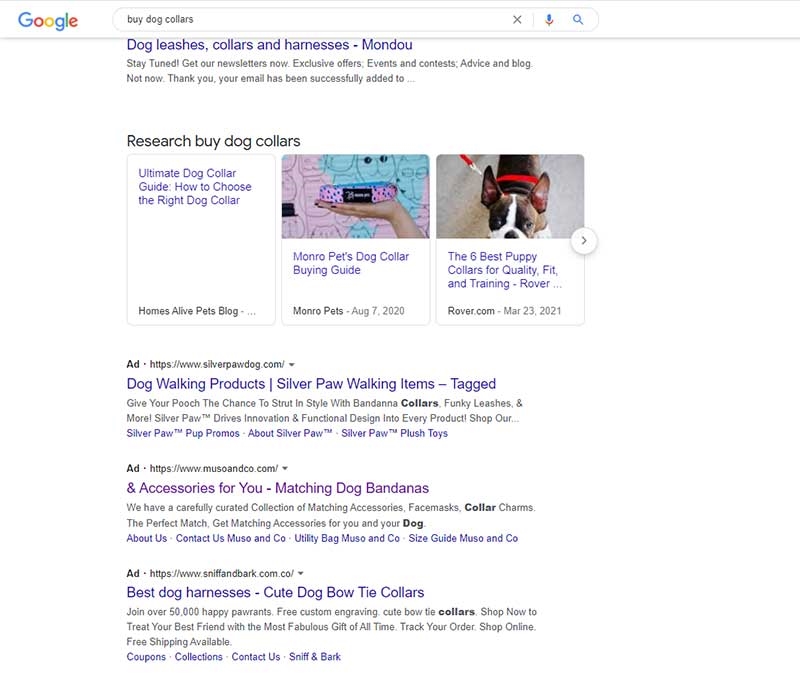
These ad campaigns can target specific keywords users may search for and demographic data leading to audience segmentation. They can also be created to achieve multiple marketing objectives, like increased:
- Sales – transactions and purchases made on your online store;
- Leads – qualified prospects interested in your products or services;
- Traffic – visitors to your homepage, landing page, or other specific pages of your website;
- App downloads – new downloads of your app from either the Google Play Store or the iOS App Store;
- In-person visits and transactions – people interact with your ad and end up visiting and/or making a purchase at your physical store location;
According to Google’s 2018 Economic Impact Report, Pay-Per-Click marketing is an extremely profitable channel, with an average of $ 2 in revenue for every $ 1 spent. But that’s not all.
Here are five key benefits to incorporating PPC ads into your digital marketing strategy.
1. Pay-Per-Click Marketing Can Produce Results in 24 Hours
The most compelling reason for a PPC strategy is the almost immediate results. In fact, on popular platforms such as Google and Microsoft Ads, most ads are approved within one business day, with more complex ads needing more time for manual review. This is in stark contrast to organic SEO-based strategies, which can often take up to 6 months to get the first results and evaluate what works and what doesn’t.
Since it’s possible to get PPC ads up and running quickly, you can start fine-tuning your PPC strategy almost immediately. With performance-based metrics like impressions, conversion rates, cost per conversion, and geographic data, you’re in a better position to optimize your ads week on week to deliver the best-performing ads.
Speaking of performance, one of your first steps should always be competitor research. You can do this manually by checking the SERP or using an automated competitor checker that gathers data from organic and paid results on one dashboard. It allows you to research what competitors in your product and/or services category are doing with their Google Ads. You can see the ads of your rivals, what keywords they are shown for, ads history, etc. With this information, you can see what’s working for your competitors. Then you can refine your PPC campaign accordingly to maximize your ROI!
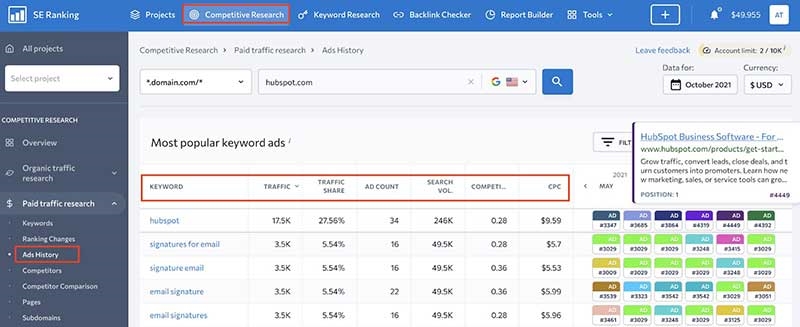
2. PPC Marketing Delivers Higher Conversion Rates
Advertising using Pay-Per-Click marketing has proved to be 50% more effective than regular organic traffic generated through SEO techniques. This is mainly for two key reasons:
- Firstly — specific to Google Ads — Google has devoted more space on its SERPs to ad placements. They also have done a better job of making PPC ads look like organic search listings. In previous SERPs, you could identify a PPC by its yellow background and words in bold that indicated it was sponsored. Now, PPC search ads are harder to recognize, with a mere “Ad” label differentiating paid ads from organic results.
- Secondly, individuals who click on search engine results labeled as ads are more likely to have high purchase intent, resulting in stronger conversion rates than regular organic traffic.
3. PPC Marketing Offers You More Control
Compared with SEO marketing strategies, PPC marketing allows you to control and refine every aspect of your marketing campaign. It does this by tacking on layers of data-based targeting. For example, when starting a campaign from scratch, you can narrow down your target audience based on where they live, their language, what sites they’ve visited, and many other factors.
Choose your keywords
You also need to choose keywords to show your ads for. You can use phrases you’ve found through competitor or keyword research or select among suggested by Google Ads.
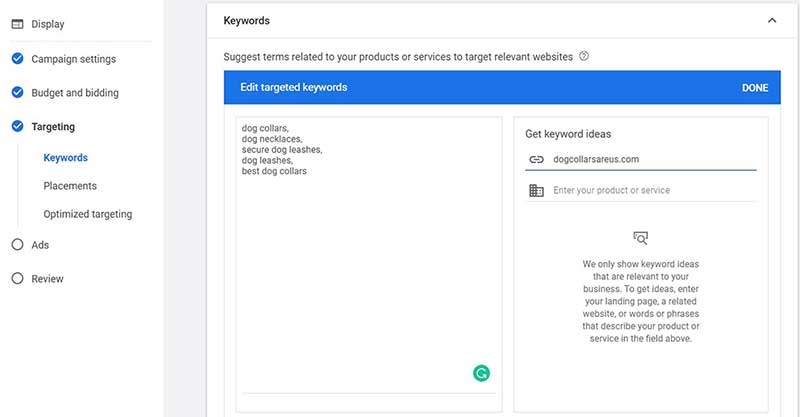
Choose your ad placement
If you’re using Google Ads in particular, you can also select specific platforms and placements for your ads. This would depend on the type of ad you run. The Google Display Network (GDN) gives you the option to place your ads on websites, YouTube channels, and videos. You can also place your ads on App pages from the Chrome Store that are connected to Google’s ad network. This allows you to reach up to 90% of Internet users across the globe.
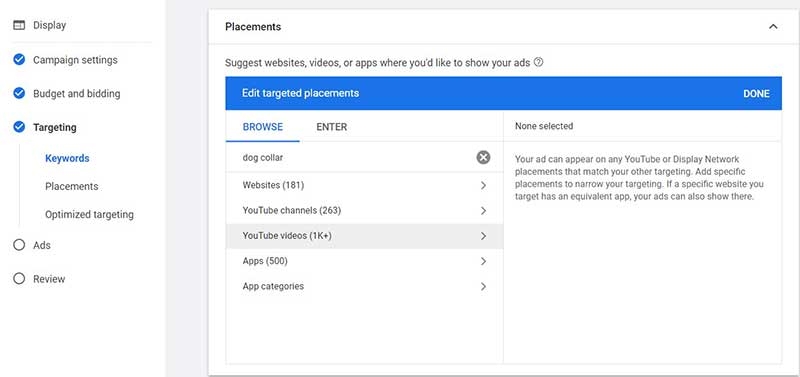
With this amount of control, you can design the perfect user-specific campaign while minimizing the initial costs.
Speaking of costs, Google’s PPC platform allows you to set your ad budget according to several variables. For example, besides setting the amount you’re willing to pay per day, you can optimize your ad spend according to a specific performance goal. These goals include cost-per-acquisition (CPA), return-on-ad-spend (ROAS) or maximizing clicks or conversions.
Along with performance-based targeting, Google Ads allows you to filter your audience according to specific demographic criteria, such as age, gender, and income brackets. For more advanced targeting, you can build custom audiences based on shopping preferences as well.
Select remarketing targets
Another compelling function of Google Ads is the ability to create audiences for retargeting/remarketing ads. This means you’re able to show ads specifically to users who have previously:
- Visited your website
- Purchased from your store
- Clicked or engaged with an ad
You can also create custom remarketing segments to target specifically who your ads will be tracked as they browse the web. Remarketing is a great way to reinforce brand recognition and significantly increase conversion rates by gently encouraging purchases.
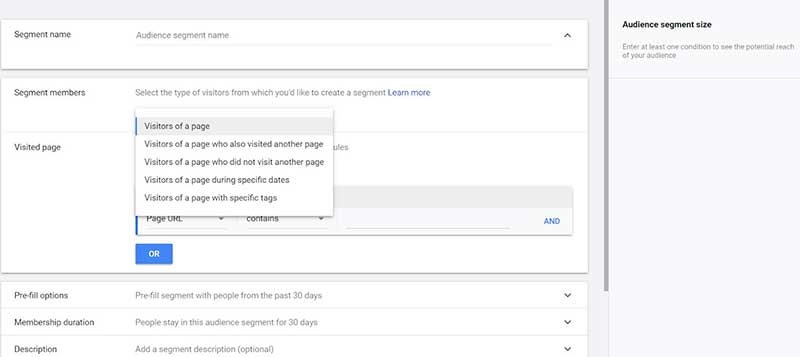
As you can see, PPC Marketing platforms give you all of the tools you need to create the most efficient ad campaigns down to the granular level.
However, there is some caution going forward with PPC Marketing — especially concerning Google remarketing. Due to the recent enactment of data privacy laws, Google has introduced a new Consent Mode to protect user data. Whether or not the user chooses to accept cookies while browsing a specific site, Google will dynamically change how they capture and share user trait and behavior data. This will affect who and how you’ll target in your ad campaigns in the future. You can view a comprehensive list of user data like cookies, IP addresses, URLs, and more here.
4. PPC Marketing Doesn’t Replace SEO. Use Both to Get the Most for Your Money.
To get the most out of any digital online marketing strategy, you should budget for both PPC and SEO-based content. Each solution works in sync with the other to raise revenues for your business because they both function using the same digital marketing concept – keywords.
The best keywords acquired through the market- and competitor-based research are what fuel PPC targeting and segmenting.
These keywords are the same that can be used for on-page SEO. For example, you can use the keywords which performed the best in your PPC campaign to optimize your titles and improve CTR. This can bolster your SEO strategy by providing insights into top-performing search terms that customers are using to find your website.
On the other hand, you can also leverage your SEO data to develop an effective PPC strategy. For instance, you check in Google Analytics to find out who your audience is that comes from the organic search. Then you can use them as your target audience in a PPC campaign. Committing to both campaigns allows you to target users across multiple channels with the best information available, increasing your chances of conversion.
5. PPC Platforms Make it Easy to Measure and Track Results
The Google Ads and Google Analytics platforms provide the most amount of data about user behavior online. You can use all of this information to modify and perfect your campaigns, from demographic and location data to conversion rates and bounce rates. And the more ads you run, the more data you’ll accumulate, and the more accurate it’ll be.
Some of the key metrics you can use to measure the performance of your ad campaign include:
- Impressions: How many people viewed your ad
- Clicks: The number of times someone clicked on your ad
- Click-through rate (CTR): The ratio of users who clicked on your ad to the total users who saw your ad
- Average cost-per-click (CPC): This is how much it costs you on average whenever someone clicks on your ad
- Average position: This refers to how far up on the SERP your ad appears whenever a user searches for a target keyword. The higher the position, the greater exposure your ad will have. This means you’ll have a better chance of grabbing users’ attention.
- Conversions: This indicates the number of times your target goal or action is achieved. There are many types of preset conversions you can set up, such as transactions, page views, and even phone calls. You can also create custom conversions using Google Tag Manager or Google Analytics.
- Conversion rate: Calculated as the percentage of users who clicked on your ad and also converted
- Quality Score: This indicator is used to measure the overall relevance of your ad concerning a number of factors. These factors include target keywords, ad copy, and landing page content. Based on a scale of 1 to 10, a good Quality Score typically leads to a lower CPC and better ad position.
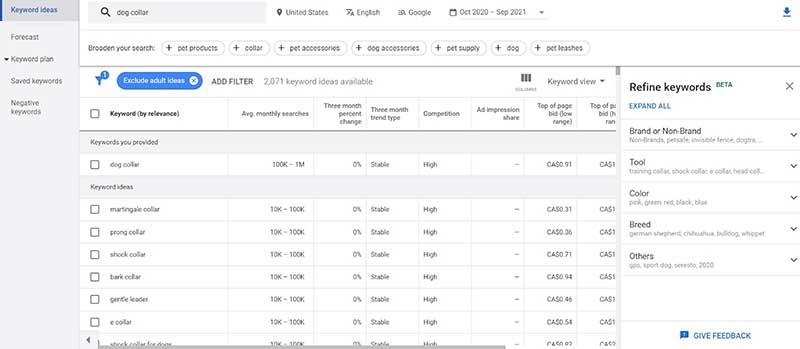
After your article is published, you can use Google Analytics to monitor traffic to that specific page. You can then assess the feedback, and repurpose your SEO strategy going forward.
The Final Thoughts
Pay-Per-Click marketing is perhaps the most powerful marketing tool out there. Down to the last detail, you can craft and target the perfect campaign to your target audience without wasting money across low-converting segments. This ensures that when a user clicks on your ads, you can be certain that they’re more likely to convert. It’s not like SEO-based marketing. However, using both SEO and PPC in tandem enables you to pinpoint key customers at all levels of the buying process, from top-to-bottom, resulting in increased exposure, greater conversions, and a more cost-effective ROI.
Digital & Social Articles on Business 2 Community
(43)
Report Post



